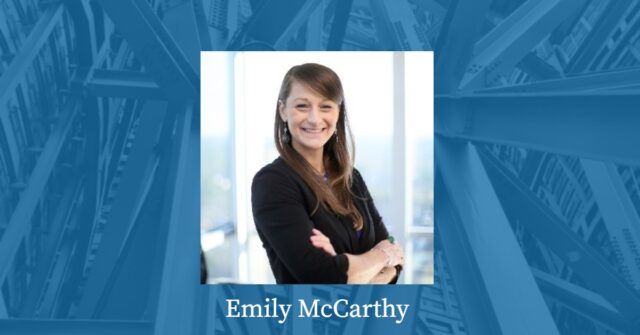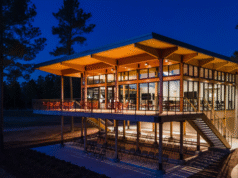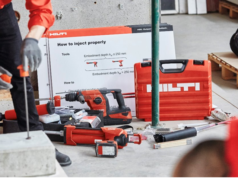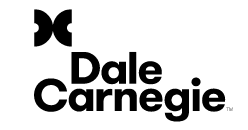Greetings from New Zealand, the land of Kiwis (people, birds and fruit) and summertime in wintertime (from a US perspective). I find traveling for work a wonderful opportunity to learn; about people and personalities, construction means and methods, and creative engineering solutions. But I also find, especially when traveling for work, that I must practice hyperactive listening, or I end up missing a connecting thought that is essential to clear communication with the project stakeholders. These “teaching moments” are essential to becoming a better engineer. Working always within my office, around familiar faces and styles, I can track conversations and connecting thoughts with ease, however, rarely do we become excellent engineers only working in the bubble of our offices. Instead, accelerated learning often occurs when we are immersed in a project with a variety of people who approach problem solving differently.
This means that we must be multilingual with respect to the different trades and industries that touch our projects. Sometimes we are asked to modify our design to accommodate a field change or conceptual change. We must be able to appropriately judge whether that change is acceptable and generally what the ramifications are to the other team members. Other times, at the beginning of a design, we can be asked to bring all our ingenuity and creativity to a project to overcome a fundamental challenge or achieve something new. In both cases our ability to absorb information, translate that to a design, and communicate with our project team is essential to creating a path forward. The more often we do this, and do this well, the more credibility we build for ourselves and our companies.
That credibility is not something we gain overnight, it is the accumulation of years of practice and learning from mentors, from lunch talks, from conferences, from journal papers, and from our broader engineering community. If we think back to our early careers, or consider the young engineers in our offices, repetitively working on the fundamentals is how we start out. Then, progressively, we are given heavier loads to carry and then we become substantive project contributors. At each stage we are listening to, and giving, explanations of engineering solutions, and rarely is that happening in isolation within our companies.
As I work with engineers and contractors here in New Zealand, to find solutions to challenging atypical building demands, my engineering and communication skills are concurrently improving. The high-level challenge is made up of a dozen or more trades, each of which is necessary for the final “solution”. I sit in meetings with representatives from a variety of backgrounds and hear explanations, clarifications, reiterations, brainstorming and troubleshooting; all things necessary to flesh out an acceptable solution.
When I come home to the United States, I will have opportunity to transfer some of the knowledge I’ve gained here, and that will hopefully translate into growth for other engineers. What project are you working on right now that is resulting in personal and collective growth? How can you effectively communicate what you’ve learned to others? Maybe it’s not a project you’ve worked on but a presentation you’ve heard, or specialized training you’ve participated in. I encourage you to share some of your acquired knowledge with your colleagues at lunch, through causal conversation or through a presentation. Young and old alike will learn something and that will make our community stronger and wiser.
I look forward to seeing you at an upcoming SEAoT seminar — come learn something new.











